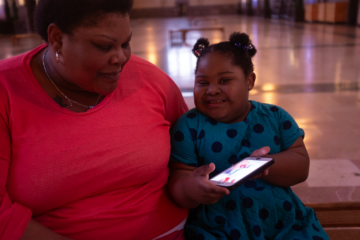Burmese Example
- Check understandingdownsyndrome.org and click on globe. All resources translated by a American Translation Association certified translators and include links to associations in native countries.
- Find out which countries speak the language. Example: Bangladesh and Myanmar (formerly Burma)
- Visit Down Syndrome International to find the Ds orgs in those countries: https://www.ds-int.org. These organizations typically have resources in the native language, so share websites and social media pages with families. If no website or social media, you can contact via email in many countries where leaders of organizations often can speak some English. Be sure to use plain language that can be easily translated. Example: Down Syndrome Society of Bangladesh (http://dss-bd.org) and Down Syndrome Myanmar Association (https://www.facebook.com/Down-Syndrome-Myanmar-Association-713142622413704/).
- Google “Burmese” “Down syndrome.” Filter contents for reputable sources. Look for resources produced by DS organizations, governments, hospitals, professional media articles, and educational institutions. Assess production quality, tone, and credibility. Tip: It’s also best if you can evaluate an English version to make sure it conveys the right tone. Example: https://vimeo.com/291427952 (Burmese)
https://vimeo.com/291427952 (English)- Produced by “Raising Children Network” supported by the Australian Government.
- High production quality.
- Includes interviews with advocacy leader (Down Syndrome New South Wales in Australia), medical professional, and parents.
- Google “Bangladesh” “Down Syndrome.” Look for other reputable sources. I found an uplifting article about Down syndrome in a media article available in English and Burmese: https://archive.dhakatribune.com/health/2020/03/20/living-with-down-syndrome
- Use a tool like translate.google.com to find out how “Down syndrome” is spelled in that language and google it in the native language. This worked for me with Somalian at one point when I hit a wall, but it did not work with Burmese.
More Tips:
- Machine translations should be an absolute last resort because the translations are very unreliable and often lack context. Organizations that use machine translations should also be a last resort.
- Be aware of cultural sensitivities with languages. For example, Canadian French and European French are different. You can discover some of these by checking out a Wikipedia article about the language.


